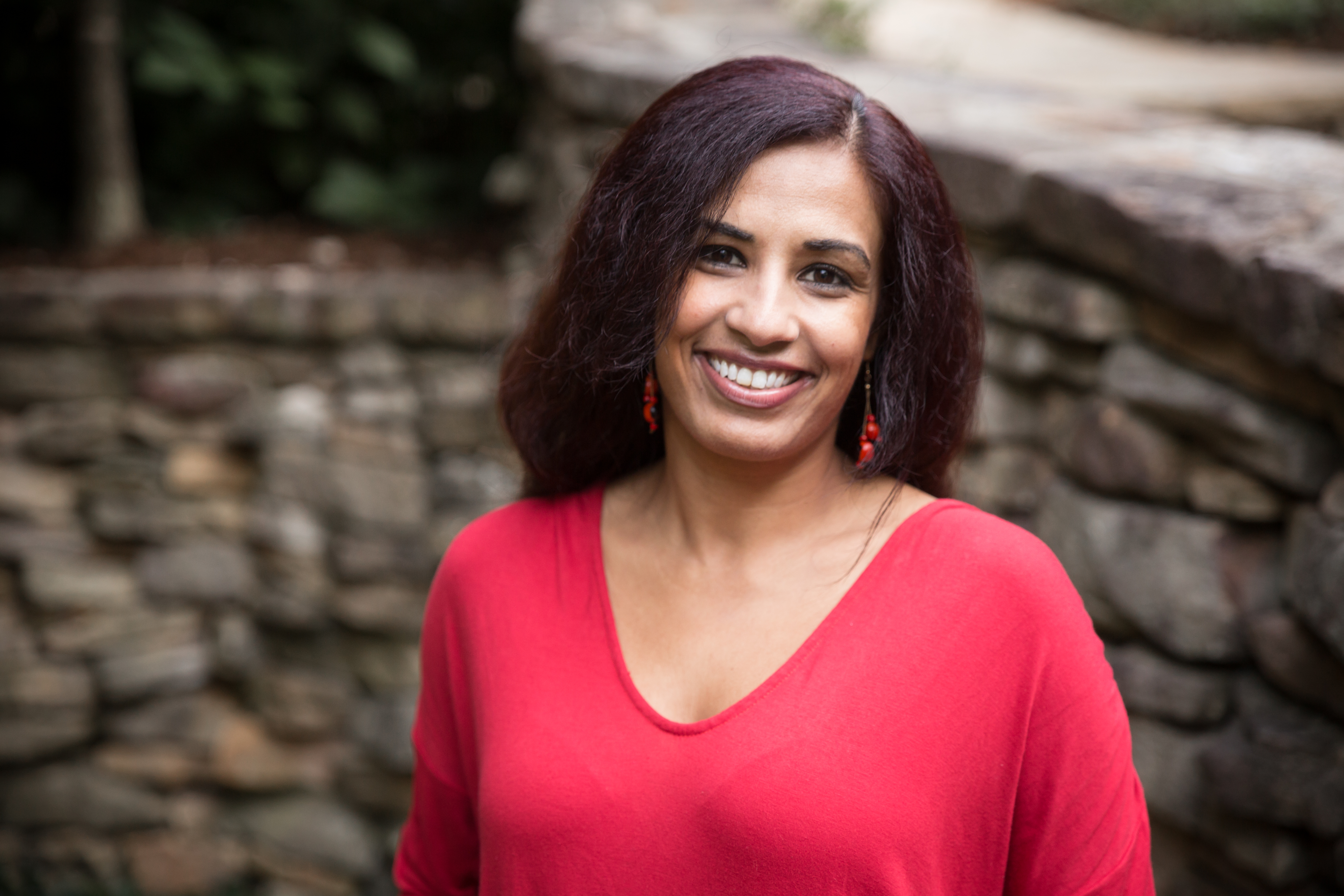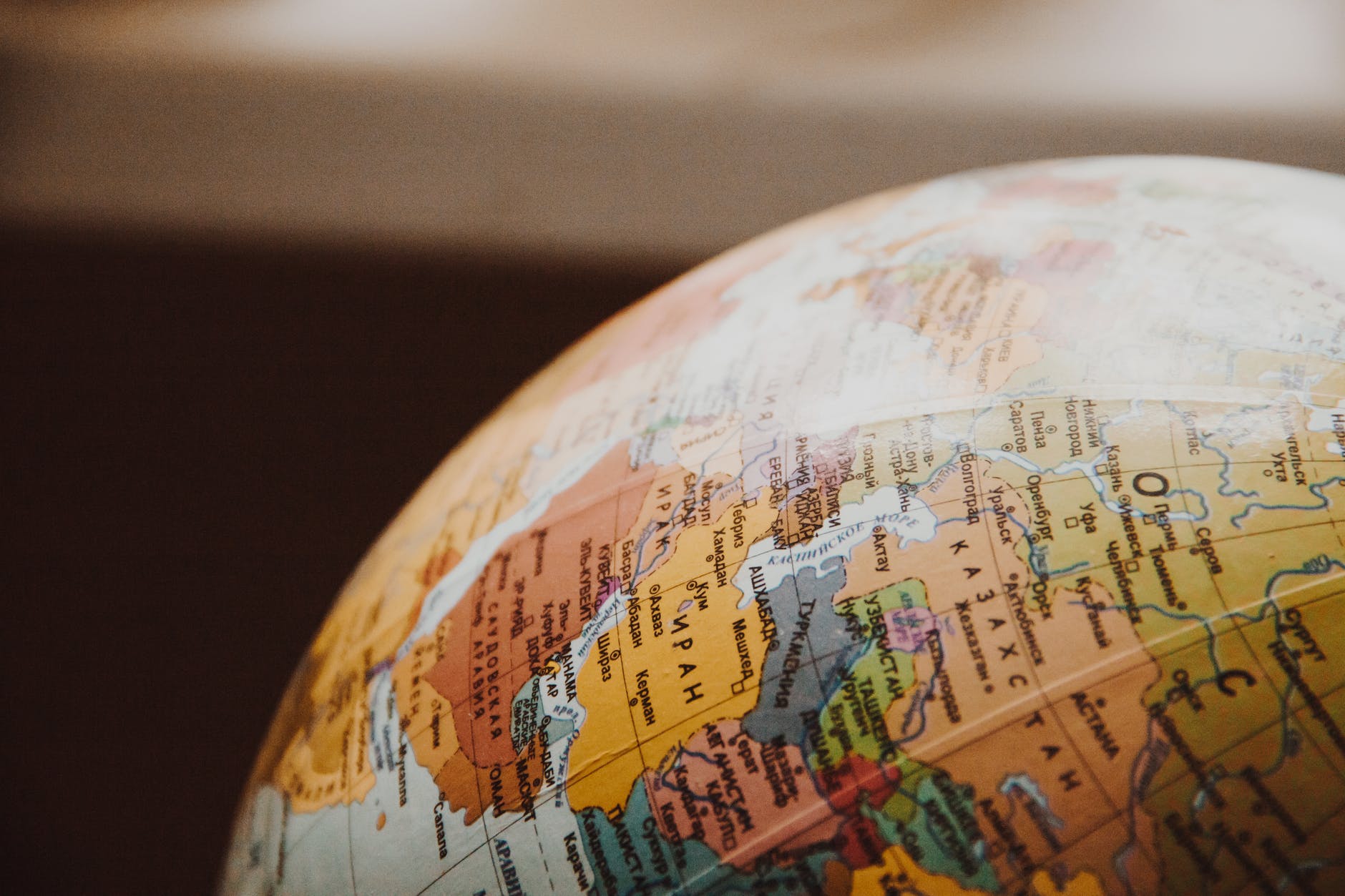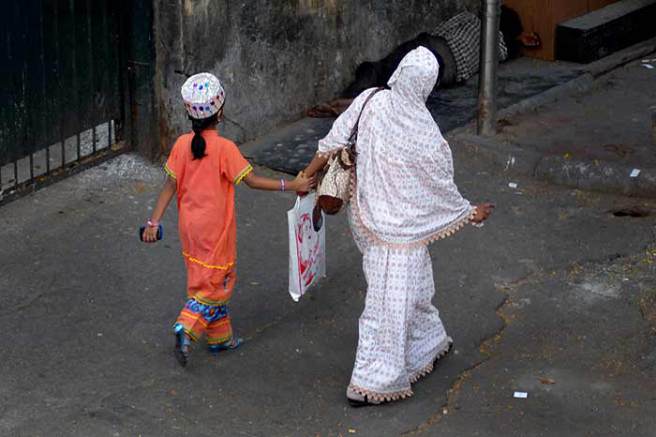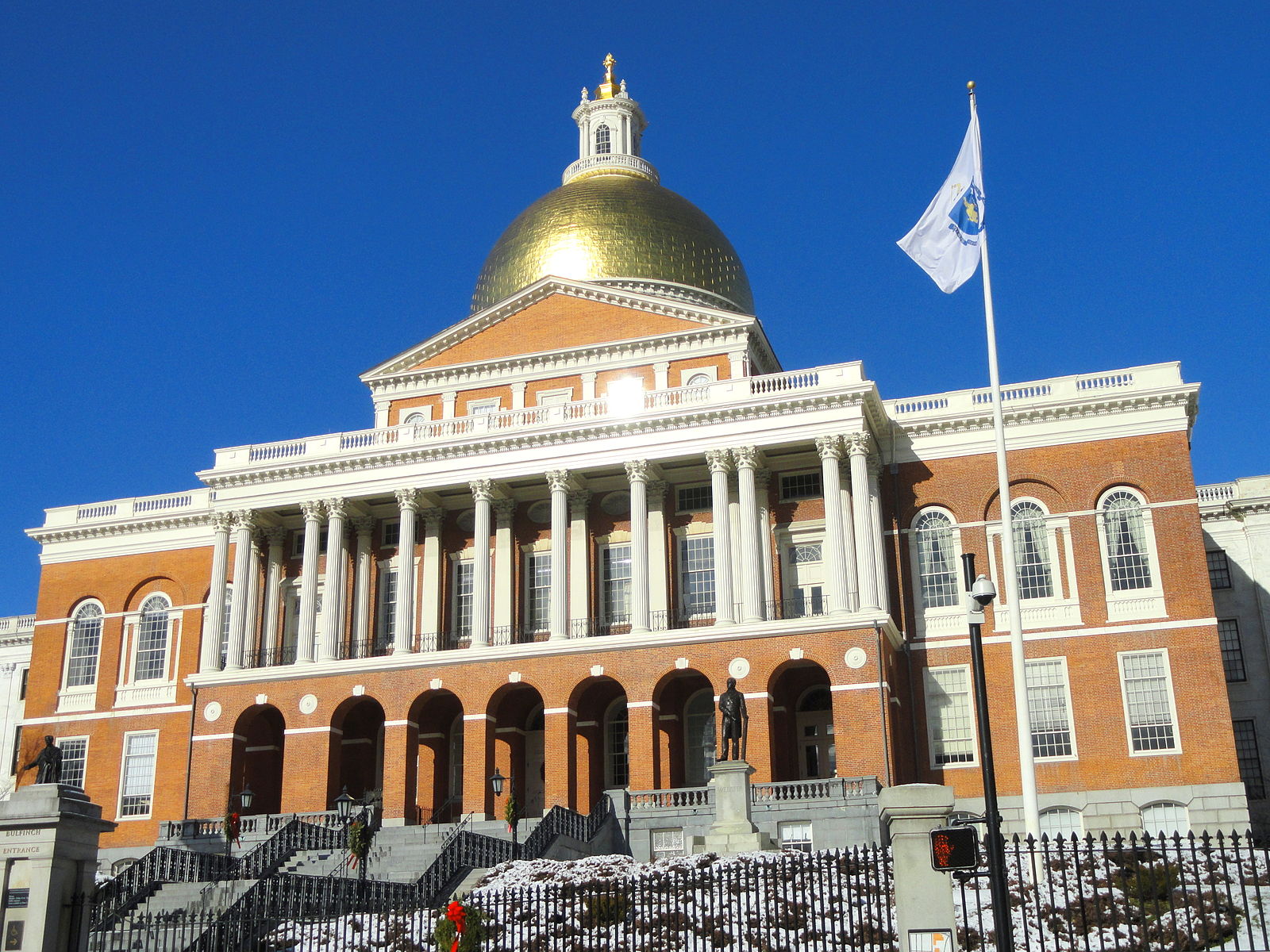By Nevaeh Novak
(Trigger warning: Below is one woman’s account of her experience with female genital mutilation in the United States. This story is deeply disturbing and may be triggering for some. We thank her for being brave and sharing her story with us.)
My experience of female genital mutilation (FGM) was not due to any religious belief, nor was it a cultural practice, as is most FGM. It was intended only to be cruel and torturous. For most of 16 years of my childhood I was ritually, sexually abused.
On my 13th birthday I was taken to a barn where my “fixing” ceremony would be performed. I was secured to a table and feet stirrups with chains and straps, leaving me unable to move any part of my body. I saw the blade as he prepared to cut me. All of a sudden, I felt a burning pain. It was so excruciating I don’t have words to describe it, other than feeling like I was on fire. He either stitched me or cauterized me almost all the way closed. He let my legs drop then he strapped them together. I was still unable to move. I was left alone in that position, in and out of consciousness, for a couple days.
The man that called himself my father did this to me and said, “Now no one will ever want you.”
It wasn’t until almost 43 years later when a doctor explained to me exactly what happened; that my clitoris had been cut out, that my labia had been removed, and that I had been mostly stitched closed. Until then I only knew I had been hurt, and was ruined.
Although I know I may not “fit” into the typical category women who have undergone FGM, I want what happened to me to be known because there are other women who have been hurt like me. But, ritual abuse is just not talked about. I want to be a voice for them, so that they know these survivors are not alone, and that there is help and hope.

Nevaeh Novak
What is ritual abuse?
In a 1989 report, the Ritual Abuse Task Force of the Los Angeles County Commission for Women defined ritual abuse as “Ritual abuse usually involves repeated, prolonged sadistic abuse, especially of children, over an extended period of time (sometimes years). It is almost impossible to imagine the realities endured by victims of ritual abuse: multiple abusers with systematic motives coordinated with the sole purpose of perpetrating and maintaining a cycle of abuse. It is carried out in contexts where children are in groups, and within families or groups of families.
The physical abuse is severe and can include beatings, electroshock, torture (even death), confinement and/or forced ingestion of drugs, blood, and feces. The sexual abuse is painful, humiliating, and sadomasochistic– intended as a means of gaining dominance over the victim. The psychological abuse is devastating and involves the use of ritual indoctrination. It includes mind control techniques which convey to the victim a profound terror of the cult members – most victims are in a state of terror, mind control and dissociation. These activities are kept secret from society at large, as they violate norms and laws.
For more information about this issue:
https://survivorship.org/frequently-ask-questions/#rabroad






